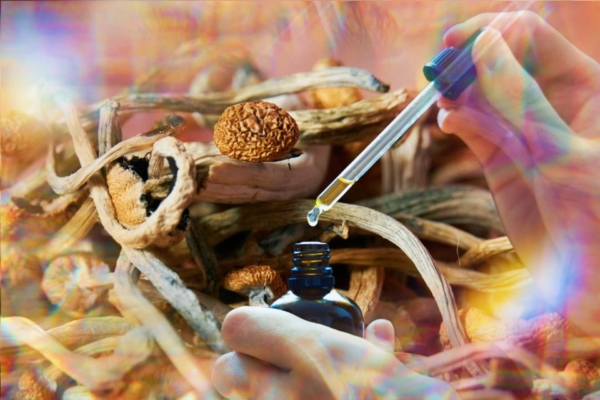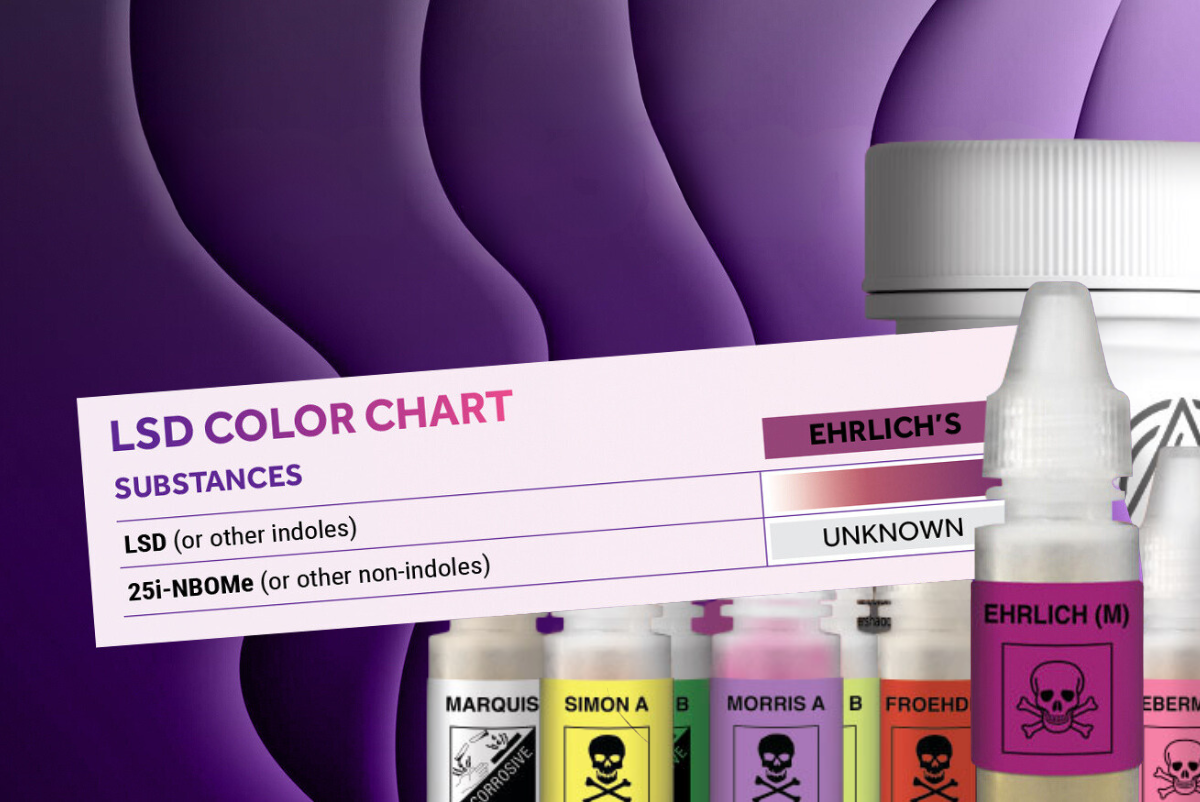
As interest in psychedelic substances grows, ensuring the safety and purity of these substances is an increasingly important thing to practice. One of the most effective ways to mitigate risks associated with drug use is through the use of testing kits. Organizations like DanceSafe.org offer testing kits that allow individuals to analyze the composition of various psychedelic drugs, helping identify potential adulterants or contaminants.
Understanding the Purpose of Testing Kits:
Before delving into the specifics of testing various psychedelic drugs, it is essential to comprehend the purpose and benefits of testing kits. These kits are designed to provide users with crucial information about the contents of a particular substance. By analyzing the presence of adulterants, such as harmful chemicals or other drugs, testing kits help individuals make informed decisions and reduce the risks associated with substance use.
Testing your psychedelics is very easy and only takes 5 minutes. You should never skip testing your psychedelics, specially if buying from strangers or new dealers. Even if you have a reputable seller, always test your drugs, as you never know if their supply has changed.
If you are afraid that testing your drugs will be expensive, fear not. Testing kits are affordable. The LSD and ketamine kits are only $20 each, while the MDMA one is $50 (since it includes 3 reagents). Plus, each kit can perform between 50-75 tests. That should be enough to last you a long while.
Selecting the Right Testing Kit
To begin testing a psychedelic substance for adulterants, it is important to choose a suitable testing kit. DanceSafe.org is a reputable organization that offers a range of testing kits specifically designed for different types of substances which has become drug users’ favorite go-to brand. Their kits often utilize reagent tests, which involve adding small amounts of the substance being tested to a reagent chemical and observing color reactions to determine its composition. Additionally, DanceSafe.org provides detailed instructions and resources on how to use their testing kits effectively. (This is not a sponsored post. They are just the most popular, affordable testing kit manufacturer).
There are different types of reagent tests that can be utilized for testing a variety of drugs. The common reagent tests you can find are: Marquis, Simon’s, Froehde, Liebermann, Morris, Ehrlich’s, Mandelin, Mecke, and Folin. Let’s break down what the purpose of each is. Each link will take you to the corresponding kit page on DanceSafe.
Marquis: The Marquis reagent is a reagent that is used to test for the purity of MDMA and cocaine. It effectively reacts with amphetamines. The Marquis reagent cannot be used alone and should be with at least another reagent to confirm the purity of a substance. It is the first step in testing MDMA and second step in testing cocaine.
Simon’s: This is a secondary test that is almost always used alongside another reagent for confirmation. It is one of the three reagents used to test MDMA. Simon’s helps differentiate between MDMA and MDA, as well as methamphetamine and amphetamine.
Froehde: This is a reagent also used in testing MDMA but can produce unique color reactions with substances such as 2C-B, mescaline, and some cathinones.
Liebermann: This reagent is helpful for identifying possible cocaine adulterants like levamisole. It is also useful for testing substances like amphetamines, ketamine, and more unusual drugs.
Morris: This testing kit that can distinguish ketamine from DCK, 2-FDCK, and other novel dissociatives. It can also be used to determine the presence of cocaine.
Ehrlich’s: This reagent is used to test the purity of LSD to ensure it is not adulterated with substances like 25I-NBOMe.
Mandelin: The Mandelin reagent is used as an additional layer of testing for a variety of drugs. This test provides more information when other reagents do not go as expected. It can react with amphetamines, certain cathinones, cocaine, ketamine, 2C-B, 2C-I, mescaline, PMA, PMMA, oxycodone, heroin, aspirin, and sugar.
Mecke: Similar to the Mandelin reagent, the Mecke test is used to perform more specialized and complete testing. It can help confirm the identity of substances such as entactogens, cathinones, 2C-B, 2C-I, mescaline, oxycodone, heroin, and sugar.
Folin: This last reagent is useful for detecting a class of drugs called piperazines, which include BZP and TFMPP.
How to Test Common Psychedelic Substances
LSD
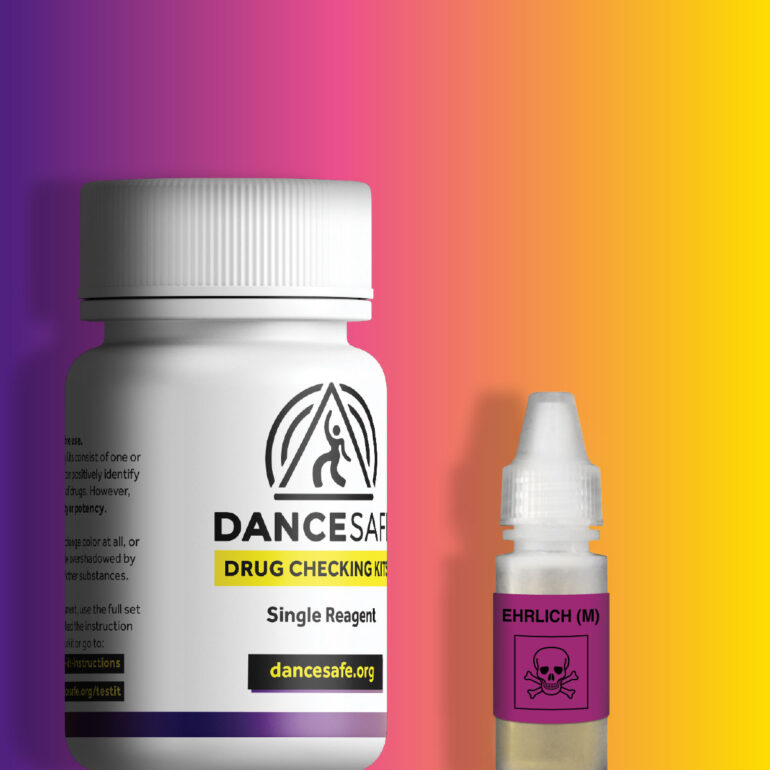
LSD is commonly sold on blotter paper or in liquid form. To test LSD for adulterants, carefully cut a small portion of the blotter or gel tab and place it on a white, ceramic plate. It is important that it is white, as it will facilitate seeing the color.
Candies, purple- or blue-dyed blotters, and gel tabs can be difficult to test. Although sometimes possible, the reaction can be hard to read. Gel tabs may take longer to dissolve.
Hold the reagent bottle an inch or two above the sample and squeeze one drop of Ehrlich’s reagent, and observe the color reaction over the next five minutes. A violet hue indicates the presence of LSD. Once you observe the color reaction, dispose of the small piece of the blotter. Do not consume a tested blotter. Consuming Ehrlich’s reagent can be fatal.
If Ehrlich’s doesn’t turn purple, you definitely do not have LSD. Drugs like 25I-NBOMe do not react with Ehrlich, so it is possible the LSD sample is adulterated. Do not consume an adulterated LSD tab.
If Ehrlich’s turns purple, there is a high chance you have LSD. It may be reacting with another indole, but you are not getting an immediate red flag that something is wrong.

MDMA/Ecstasy/Molly
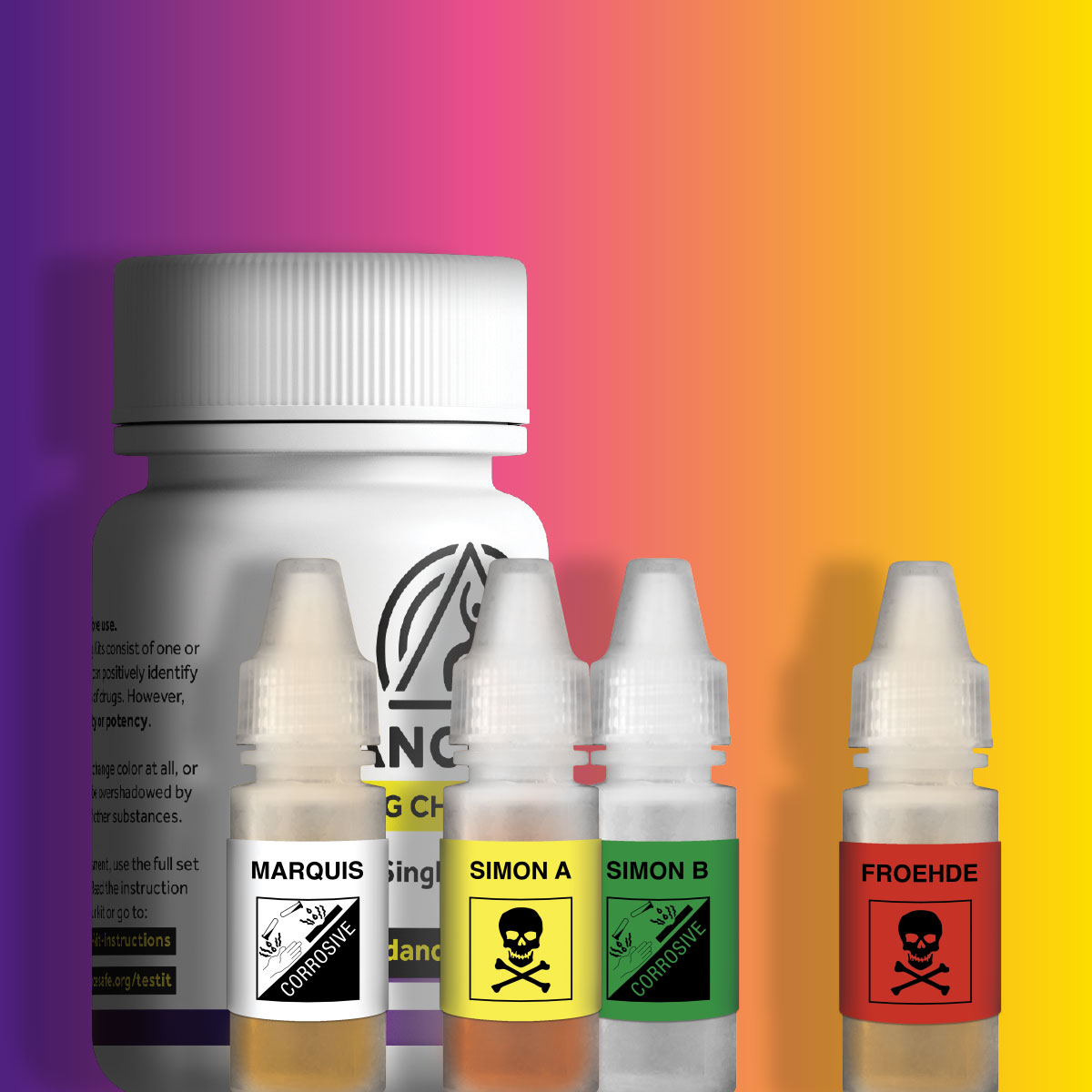
MDMA is often found in pill or powdered form. To test MDMA, you will require three different reagents: Marquis, Simon’s, and Froedhe. All three are required for a comprehensive analysis of the sample. To test MDMA, scrape a small amount of the pill or powder onto a testing plate. You will need enough for three different reactions.
Step 1: Marquis Reagent
Place a drop of the marquis reagent on your MDMA sample. In the presence of MDMA, Marquis will quickly turn black, or you will see purple at first.
Step 2: Simon’s Reagent
This step will help you differentiate between MDMA and MDA. Simon’s turns blue in the presence of MDMA and will not react or turn a dark grey with a hint of green in the presence of MDA. Place a drop on another clean sample.
Step 3: Froedhe Reagent
Lastly, this step will help test for the very rare occasion that you were sold drugs called APB’s under the guise of MDMA. This reagent is most useful for testing something that was sold to to you as an APB. It can be hard to differentiate between an MDMA/MDA reaction and an APB reaction, so do not assume you have an APB reaction unless there’s very, very clear purple in it. Pleace a drop on another clean sample. Do not test on previously tested samples.

Ketamine

Ketamine has risen in popularity in the past couple of years, especially in the club, rave, and gay scenes. With more demand for ketamine, there is the possibility of manufacturers cutting corners and adulterating it to reduce costs. There are an increasing number of drugs that are being sold under the guise of ketamine presently, and these can include ketamine analogs, PCP analogs, novel dissociatives. Because ketamine is often sold in a white powder form, it is also possible it can be adulterated with cocaine or fentanyl. To test for ketamine, Morris reagent is used. Other tests can be used to further analyze the drug such as those testing for cocaine or fentanyl. The Morris reagent is a two-part process that comes in two bottles: a pink one (Morris A) and a green one (Morris B)
Step 1: Morris Reagent A
Use at least 5-10mg of material to get an accurate reading. On a white ceramic plate, put a drop of the pink bottle (Morris A) that comes with the Morris testing kit onto your sample.
Step 2: Morris Reagent B
Put a drop of the green bottle (Morris B) on the same sample. The sample should have both Morris A and Morris B on it.
Step 3: Stir
Using a toothpick or the sharp point of a knife, stir the mixture for a full 30 seconds.
Step 4: Analyzing the Color
A ketamine sample will turn purple. Cocaine will turn bright blue, like a Jolly Rancher. DCK or 2F-DCK will turn dark blue/gray. Most other drugs will turn a dull green, meaning a negative reaction.
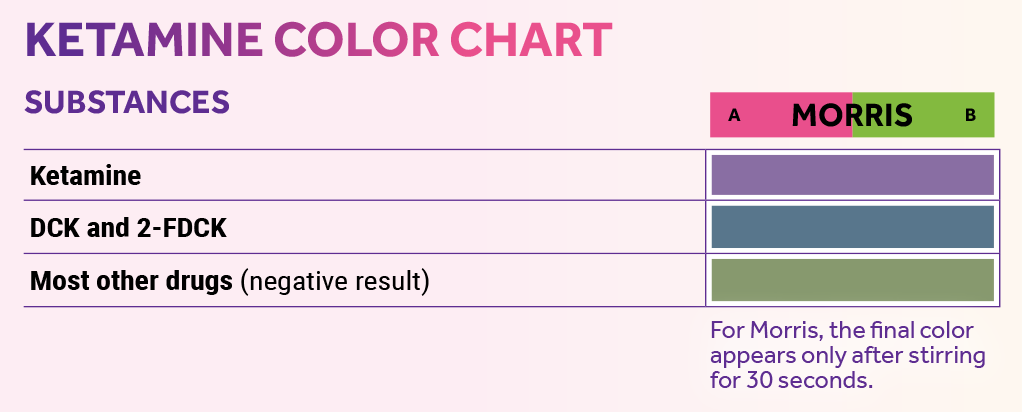
Psilocybin Mushrooms
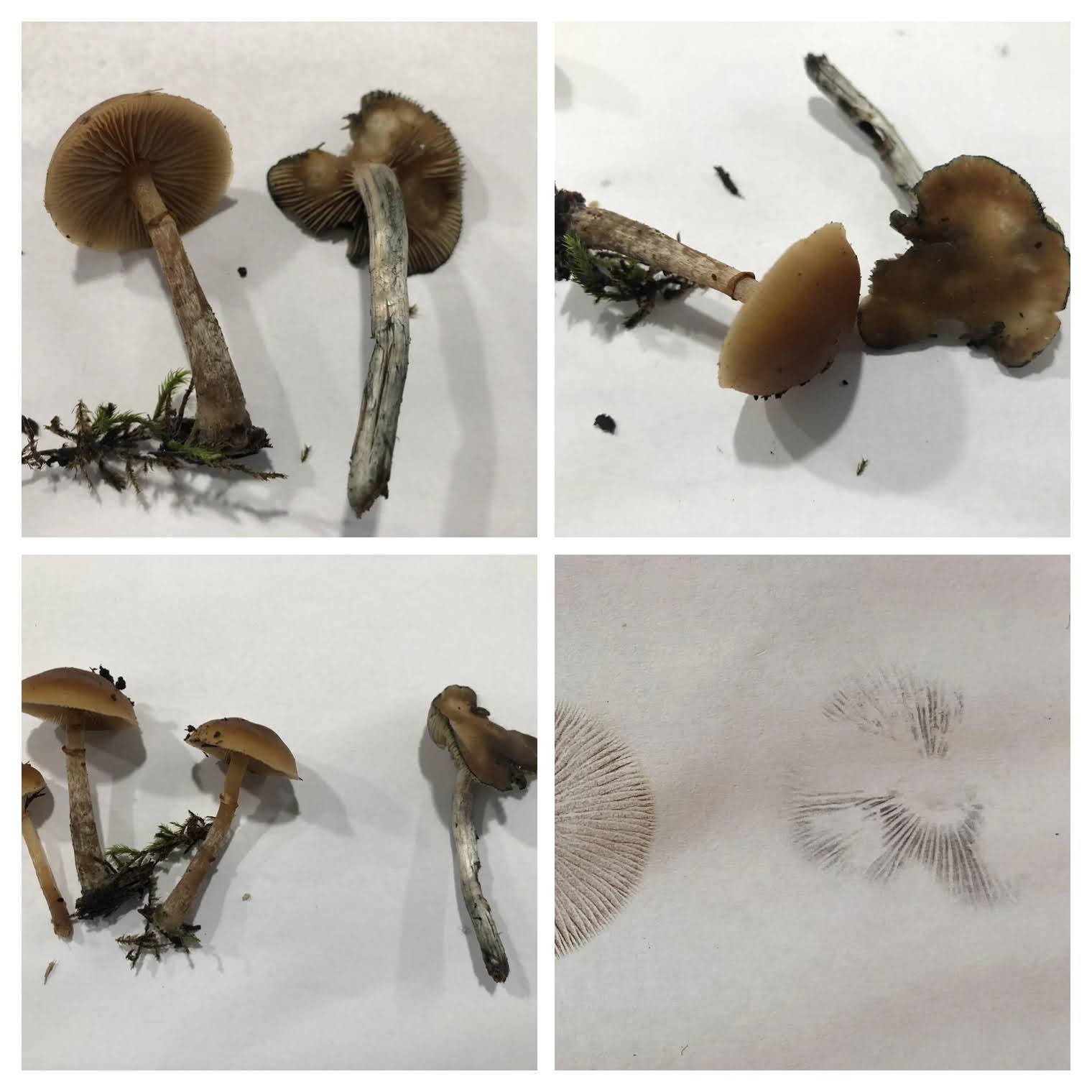
While shrooms do containe indole groups, Ehrlich’s reagent is not recommended to be used with them, as it is only meant to test LSD. There are no current reagents that test shrooms for adulterants.
The most important harm reduction practice is triple checking that you actually bought psychedelic mushrooms and are not being sold poisonous mushrooms.
If you personally harvested mushrooms in the wild, it is very important to get them identified by a professional mycologist group, forum, individual, or association – especially if you do not have much experience with foraging wild mushrooms. Galerina is a genus of mushrooms that are commonly misidentified as shrooms; this genus contains some extremely poisonous species. Identifying mushrooms is not as easy as one may think, so only do so, if you are 100% sure of your skills. Ingesting a wrongly-identified mushroom can lead to serious health consequences or death.
If you are growing mushrooms at home, ensure that the spore vendor where you bought your spores from is reputable. Do your due diligence and ask around psychedelic communities for their opinion on a vendor you are thinking of using, as many people may have had experiences with them or know of a better vendor.
Testing for Fentanyl
Although rare, there have been instances where fentanyl has been found in certain psychedelics, such as ketamine. While there are no testing strips on the market that can detect every fentanyl analog, using a strip is still good practice to detect the presence of any analog. You can test for fentanyl on any LSD, MDMA, ketamine, cocaine, pharmaceuticals, and more.
To test for fentanyl in a sample, simply dilute a sample of the drug in water. The ratio of powder to water is 10mg / ml. Dip the testing strip in. If the testing strip has two red lines, it has no fentanyl. If it has one red line, it has fentanyl.

Always. Test. Your. Drugs – ALWAYS!
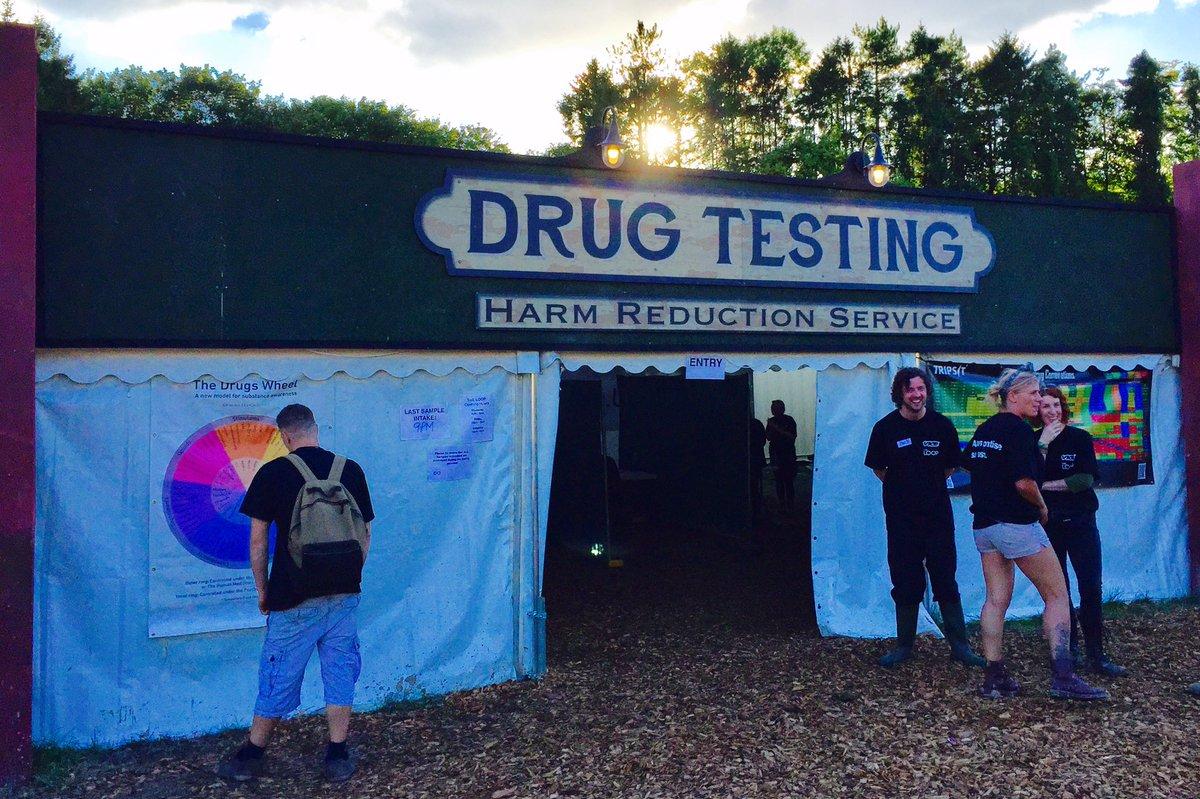
Do not skip on testing your substances. Responsible drug use requires testing substances every time before consuming them. Always test your drugs, even if you bought them from the same seller multiple times in the past without problems. Drug dealers may change the distributor where they get their drugs from, or may be unaware where they come from. Some drug dealers test your drugs for you and show you the results of the reagent tests before selling them, but this is not common practice.
In public spaces like concerts and festivals, it is more common for people to take drugs without testing them. It is good practice to bring a testing kit with you – it only takes 5 minutes of your time. Some festivals also bring harm reduction and testing organizations to their grounds to help festival goers test their drugs, and no, the police will not get you because you use them. These organizations are there to help you.
It is also common for harm reduction organizations to exist in your city. It is more than likely that someone in your city has started a harm reduction service. There are syringe exchange programs, mobile harm reduction testing sites, and harm reduction hotlines that are available to you to test your drugs, in the case you do not want to do it yourself at home.
Do not feel pressured to take drugs you aren’t sure of, and always suggest testing them. Doing so helps break down stigma surrounding drug testing, too. And do not fall victim to the mindset of “oh, but I’m wasting product by testing.” Only a minimal amount is required to test a drug, and it is better off losing milligrams of your product than losing function of your body or even losing your life.
Disclaimer
It is crucial to remember that testing kits provide preliminary information and are not infallible. While reagent tests can detect the presence of specific substances, they cannot identify all potential contaminants. Additionally, different adulterants may produce similar color reactions, requiring further testing or professional lab analysis for confirmation. Therefore, if there is any uncertainty about the results, it is advisable to err on the side of caution and refrain from consuming the substance.
Conclusion
Testing kits provided by organizations like DanceSafe.org play a vital role in promoting personal safety and harm reduction within the realm of psychedelic drug use. By utilizing these kits and following proper testing procedures, individuals can gain valuable insights into the composition of their substances, helping them make informed decisions about their own well-being. Part of being a person who uses drugs is responsibly doing said drugs. It is crucial to prioritize personal safety, education, and responsible drug use practices to minimize potential risks associated with psychedelic substances.
Want to Learn More?
Psychedelic Spotlight’s Bonfire division offers a FREE Psychedelics for Beginners course where you can learn everything about the different psychedelic compounds, the importance of mindset, how to prepare for your psychedelic experience and how to integrate it.
Disclaimer: Psychedelic Spotlight does not condone the use of illegal substances. The purpose of this article is for educational and harm reduction purposes only. If you suffer from a medical or mental condition, please consult with your doctor before taking any substance.

